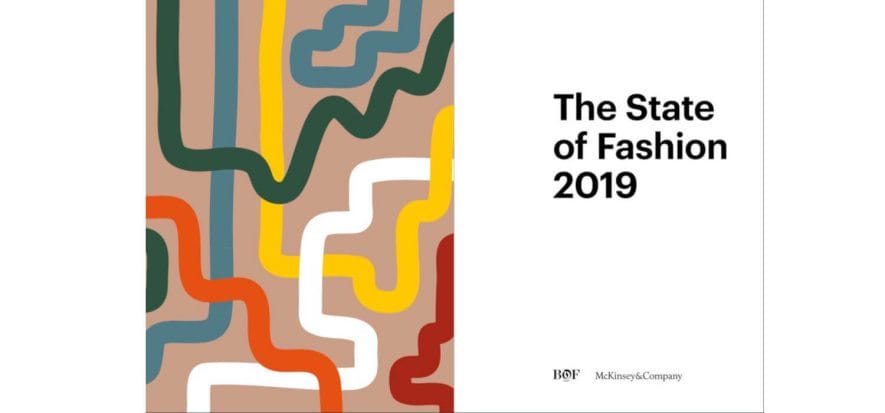It’s seemingly just a trifle, but it’s not like that. In fact, the reduction by 0,5% in the business outlook of the fashion industry, in 2019, will make things more and more complicated. The market, which was “taking advantage of a positive economic trend following a weak period”, is due to face turbulent times again. McKinsey, in the latest edition of State of Fashion, an annual report specifically carried out for Business of Fashion, have downscaled the fashion business expansion forecast, which is going to move from +4-5% down to +3,5-4,5%: they pointed that out crystal clear. Each segment and geographical area will be variously affected by such trend, with peculiar consequences. Luxury proves to be the “best-performing segment”, while confirming its positive trend, +4,5% – +5,5%, whereas “the affordable luxury outlook (+3,5-4,5%) looks more uncertain” and the premium one goes down to +2,5-3,5%. At the same time, brands which are well-established in the emerging markets in the Pacific Asia area are due to boost their business turnover in the year to come; conversely, traditional brands, which actively play in Europe and North America, are expected to slow down in 2019. Talking about brands, in their survey (carried out by comparing the financial statements of 500 public and private companies) McKinsey have pinpointed two categories: the “value destroying” brands, which have doubled over the last 8 years, and the “super-winners”, an exclusive “minority of enterprises, 20%, whose profits went up to 128% in 2017”. What companies are included in that elite group? The luxury giants, such as Kering, Hermès and LVMH, as well as the giants of sportswear (namely, Nike and Adidas) and fast fashion (Inditex and H&M).
The super-winners in the super-focused market: McKinsey downscale 2019 growth forecast. Not for luxury, though










